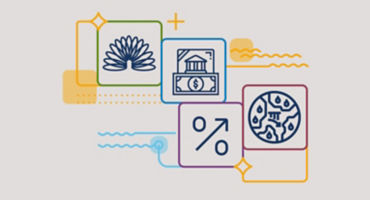Over the course of 2008, the message to investors evolved
Using our factor lens, the main point we conveyed to investors in early 2008 was that while markets were uniformly down from a region, growth, and value perspective, factor positioning mattered. Regardless of how a market shock starts, we noted, if the process continues beyond the original event, then one should expect high-beta and high-stock-specific factors to decline, shaky balance sheets to be exposed, and so on. Consequently, one of our key messages after the first quarter of 2008 was: Expect more volatility ahead and understand your factor positioning to get a better feel for how your portfolio might react. That message applies today.
By the end of 2008, we were debating the usefulness of stress testing during the events of that year. In short, stress testing had worked pretty well in estimating future performance, but we determined that, for the moment at least, it was too new and unproven to be embedded regularly in portfolio construction. Given that stress testing had been effective in helping to frame the risks, however, we started talking about the other side: Broadly speaking, the firm’s investors had shifted to more defensive positioning over the course of the year. So was the potential for missing out on a “relief rally” the “stress” risk we should be worrying about? That warning eventually proved correct, although there were a few more down months to endure.







